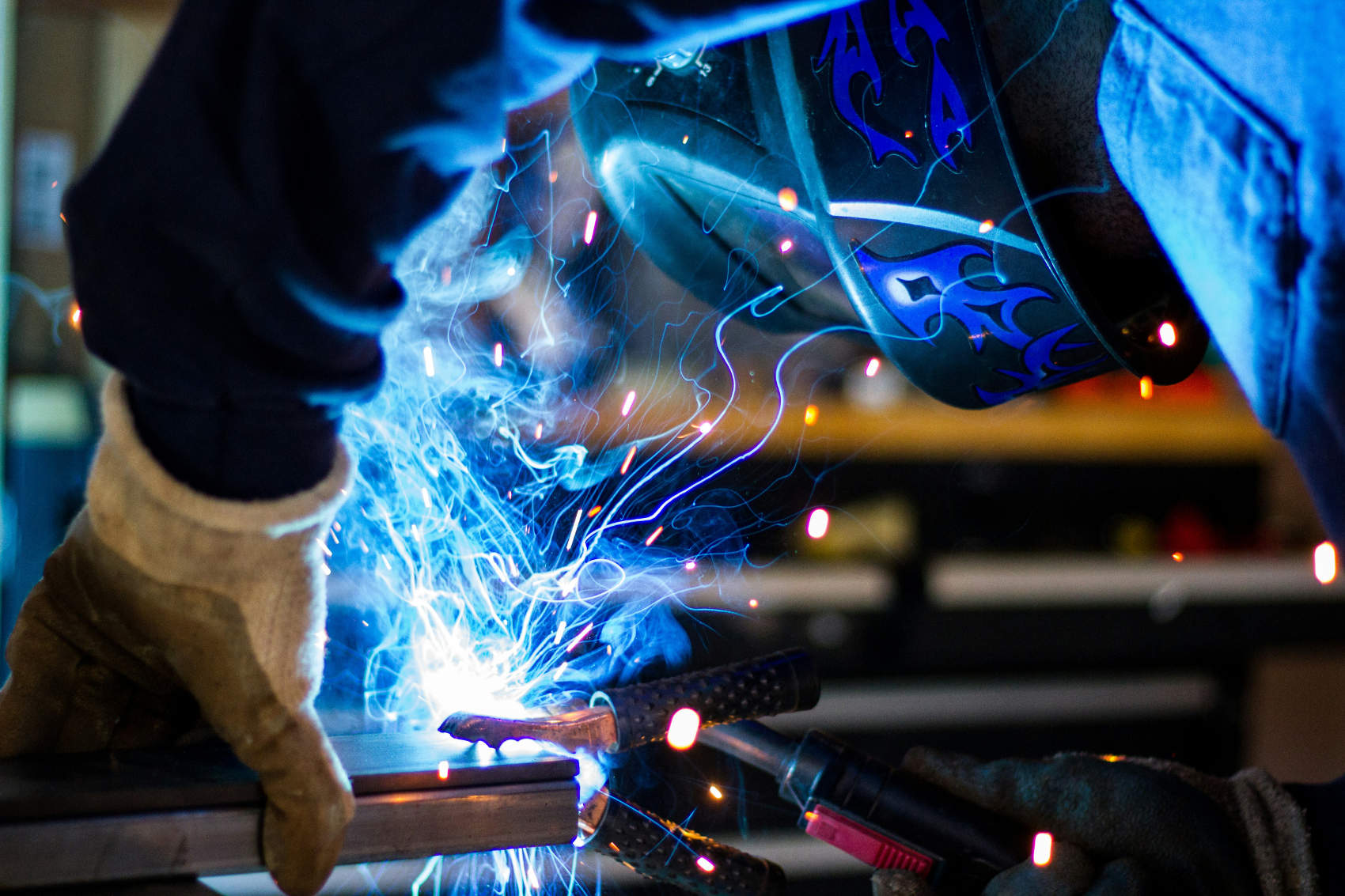Manufacturing excellence is vital for staying competitive and relevant. Technological advancements and innovative practices are redefining how products are made, improving efficiency and reducing costs. Understanding these trends and integrating new technologies into operations is essential for growth. Manufacturing has always been about more than just producing goods; it’s about improving processes and embracing change. Rapid advancements and continuous improvements mark today’s manufacturing landscape.
Keep reading as we explore the key technologies shaping modern manufacturing and offer insights into how these advancements can be implemented to achieve excellence and stay ahead of the competition.
Cutting-Edge Technologies In Manufacturing
Embracing advanced technologies can revolutionise manufacturing processes. One notable innovation is 3D printing, which allows for rapid prototyping and the production of complex parts with minimal waste. Implementing 3D printing in manufacturing can lead to faster product development cycles and customised solutions tailored to specific needs.
IoT (Internet of Things) technology is another significant advancement, enabling machines and devices to communicate and share data seamlessly. This connectivity helps monitor production lines in real-time, predict maintenance needs, and optimise operational efficiency. By adopting IoT solutions, manufacturers can reduce downtime and enhance productivity.
Supporting Manufacturing Growth With B2B Telemarketing Approaches
B2B telemarketing is a strategic tool that can significantly boost manufacturing growth. It helps identify potential business partners, generate leads, and build client relationships. Personalising communication and providing valuable information can establish trust and credibility with potential clients. Partnering with a company specialising in B2B lead generation, like Beanstalk, can enhance these efforts. Such companies have the expertise and resources to reach a broader audience, ensuring your message is effectively communicated.
Leveraging telemarketing for lead generation can streamline the sales process. By qualifying leads through direct conversations, manufacturers can focus their efforts on prospects with the highest potential. This targeted approach saves time and increases the chances of converting leads into loyal customers.
Enhancing Efficiency In Manufacturing
Efficiency is vital in achieving manufacturing excellence. Adopting lean manufacturing principles can significantly reduce waste and optimise resource utilisation. Lean manufacturing focuses on streamlining processes, eliminating non-value-added activities, and improving workflow, leading to substantial cost savings and increased productivity.
Just-in-time (JIT) production is another effective method for enhancing efficiency. JIT aims to produce only what is needed, when it is needed, and in the quantity required. This approach minimises inventory costs and reduces the risk of overproduction, enabling manufacturers to achieve a more responsive and flexible operation.
Sustainable Practices In Modern Manufacturing
Sustainability is an integral aspect of modern manufacturing. Adopting sustainable practices benefits the environment and enhances the company’s reputation and long-term viability. One effective approach to sustainability is using renewable energy sources, such as transitioning to solar, wind, or hydropower, which can significantly reduce carbon emissions and lower energy costs.
Recycling and waste management are also crucial for sustainable manufacturing. Implementing recycling programs for materials like metals, plastics, and paper reduces waste and promotes resource conservation. Sustainable sourcing ensures that the entire supply chain supports sustainability goals.
Automation’s Impact On Manufacturing Excellence
Automation is revolutionising manufacturing, increasing efficiency, precision, and consistency. Integrating robotics and automated systems into production processes can handle repetitive tasks with high accuracy, reducing the likelihood of human error and resulting in higher-quality products and lower production costs.
Automated systems can operate continuously without fatigue, significantly boosting productivity. Deploying robots for assembly, welding, and packaging tasks helps manufacturers achieve faster production cycles and meet customer demands more effectively. Automation enhances flexibility, enabling manufacturers to respond swiftly to changing market demands. Investing in training for employees to manage and maintain automated systems is crucial to realise these benefits. Additionally, regularly updating and maintaining automated machinery ensures optimal performance and longevity, contributing to sustained manufacturing excellence.
Digital Transformation In Manufacturing
Digital transformation is reshaping manufacturing, driving efficiency and innovation. Implementing digital technologies such as digital twins, predictive maintenance, and smart factories can revolutionise production processes and decision-making. Digital twins, virtual replicas of physical assets, enable manufacturers to simulate and optimise production processes in real-time, reducing downtime and enhancing product quality.
Predictive maintenance is a critical component of digital transformation. Advanced sensors and data analytics predict equipment failures before they occur, enabling proactive maintenance and reducing unexpected downtime. This approach improves operational efficiency and extends the lifespan of machinery. Investing in the necessary infrastructure and training is essential to successfully implement these technologies. Collaborating with technology providers can ensure seamless integration and maximise the benefits. Regularly reviewing and updating digital strategies will align the manufacturing process with technological advancements and industry standards.
The Rise Of Smart Manufacturing
Smart manufacturing integrates advanced technologies to create more efficient and responsive production processes. Utilising sensors, IoT devices, and real-time data analytics, smart manufacturing optimises operations and enhances decision-making. Sensors collect data on various aspects of the production process, providing valuable insights into machine performance, energy consumption, and product quality.
IoT devices enable seamless communication between machines and systems, creating a connected manufacturing environment. This connectivity allows for real-time monitoring and control of production processes, leading to greater efficiency and flexibility. Implementing smart manufacturing technologies requires careful planning and investment.
Future-Proofing Your Manufacturing Operations
Preparing for the future involves adopting strategies that ensure long-term resilience and competitiveness. Investing in workforce development is a critical aspect of future-proofing. Providing employees with ongoing training and upskilling opportunities equips them with the skills to adapt to new technologies and changing market demands.
Flexible technologies are crucial for future-proofing manufacturing operations. Implementing scalable and adaptable systems allows manufacturers to respond swiftly to changes in demand and market conditions. Building strong partnerships with suppliers, customers, and technology providers enhances resilience, ensuring a steady supply of materials and access to the latest innovations.
Manufacturing excellence is achieved through continuous improvement and adoption of advanced technologies and sustainable practices. Manufacturers can enhance efficiency, improve product quality, and drive growth by staying informed about the latest trends and integrating cutting-edge innovations.
Embracing automation, digital transformation, and smart manufacturing technologies ensures competitiveness and positions manufacturers for long-term success. Future-proofing strategies, such as workforce development and flexible technologies, will help to enhance resilience and adaptability further.







